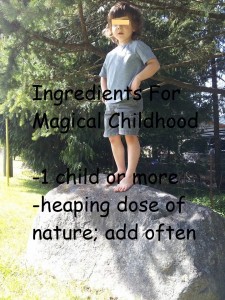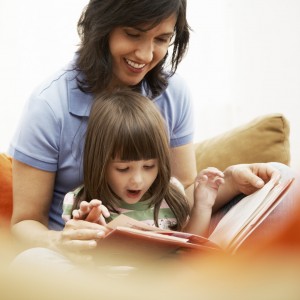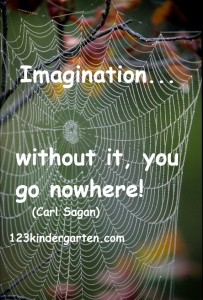If you were writing a recipe for a magical formula for childhood, what would you include? How about a heaping dose of NATURE?
Formula For A Magical Childhood Needs Nature
 No matter where we go in the world, there will be Nature. Regardless of our age, we are all part of nature and to children, a connection with nature is a constant adventure. Turning over a rock can reveal a secret world of bugs and worms. A tiny butterfly almost comes with an extra set of wings for a watching child. From the ground beneath a small pair of boots to the vast sky, there is the mystery of change balanced with the certainty of nature’s cycles. No wonder Nature is magical.
No matter where we go in the world, there will be Nature. Regardless of our age, we are all part of nature and to children, a connection with nature is a constant adventure. Turning over a rock can reveal a secret world of bugs and worms. A tiny butterfly almost comes with an extra set of wings for a watching child. From the ground beneath a small pair of boots to the vast sky, there is the mystery of change balanced with the certainty of nature’s cycles. No wonder Nature is magical.
In his book, Last Child in the Woods, Richard Louv writes, “We have such a brief opportunity to pass on to our children our love for this Earth, and to tell our stories. These are the moments when the world is made whole. In my children’s memories, the adventures we’ve had together in nature will always exist.”
These nature adventures do not need to be extensive or expensive. They can be as simple as a walk around the block to see the changing of seasons, a blanket in the backyard to watch the clouds against the backdrop of the sky, planting seeds in a corner of the yard or in a pot on an apartment balcony, splashing in puddles left by the rain, throwing rocks in the pond, making leaf soup, peeling the bark off a stick on the ground, noticing a spider web on a bush, and more.
Sometimes, in urban areas, nature isn’t as obvious but it’s still there. Bunnies and squirrels are fascinating creatures to watch, so are ants. Petting zoos may appear in your area in the summer and give an opportunity for children to see more animals. Parks, playgrounds, and community gardens are also pockets of nature in most areas.
What sort of encounter of the Nature kind will your child have today?


